Does Extreme Content Delivery = Learning?
Beth's Blog: How Nonprofits Can Use Social Media
MAY 23, 2013
When you want to acquire a new skill or apply some new knowledge, do you learn by passively sitting and listening to an expert lecture for 90 minutes without a break and 150 PPT slides? Now that could be hard reading, but Sharon Bowman’s “ Using Brain Science To Make Science Stick ” has been a terrific resource.




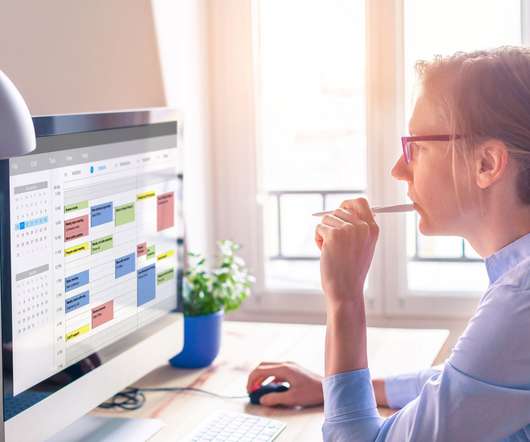





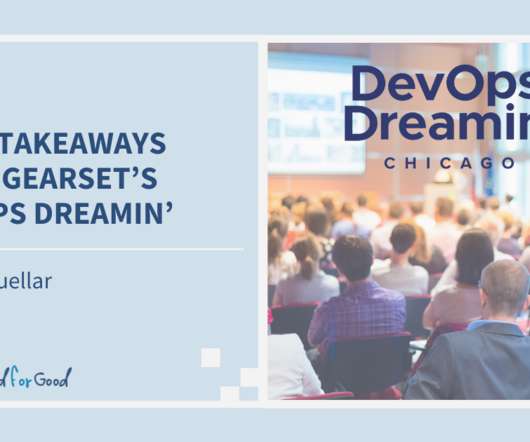

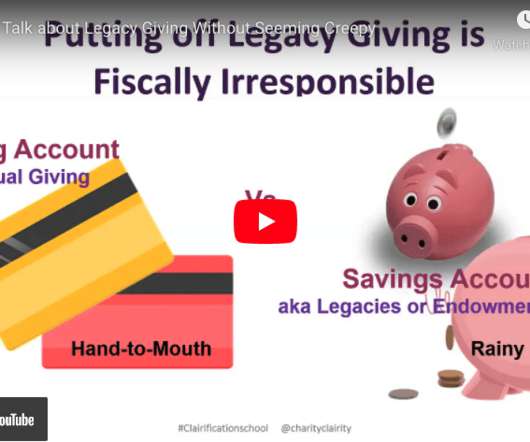
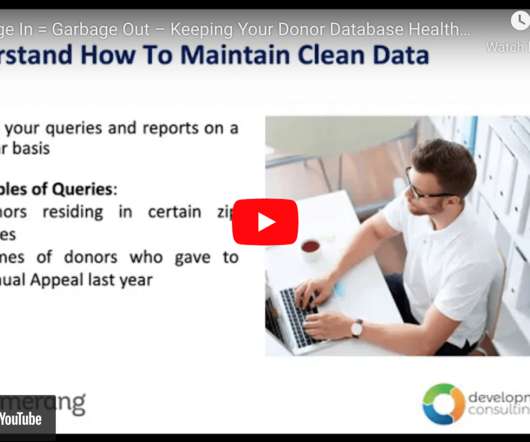

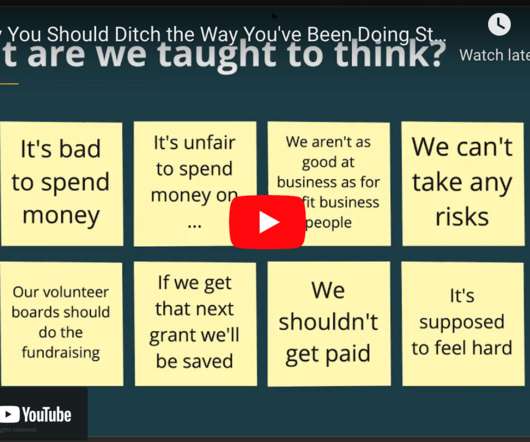


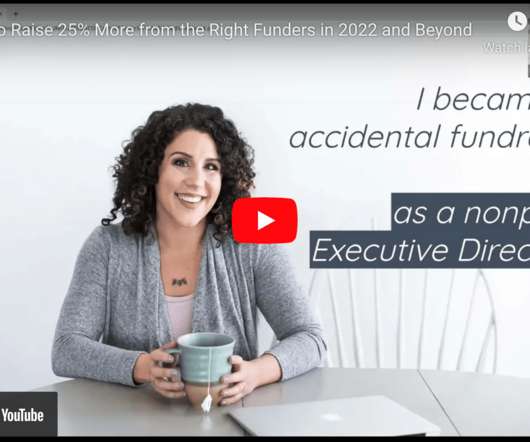
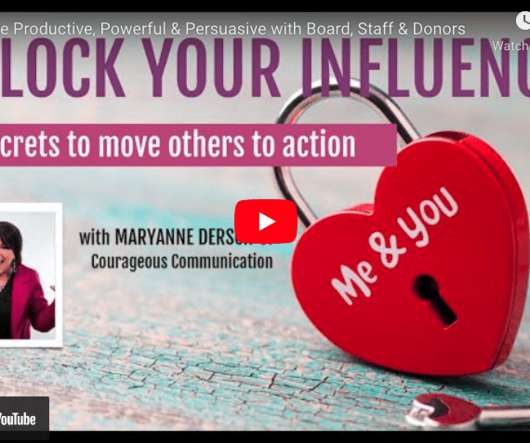
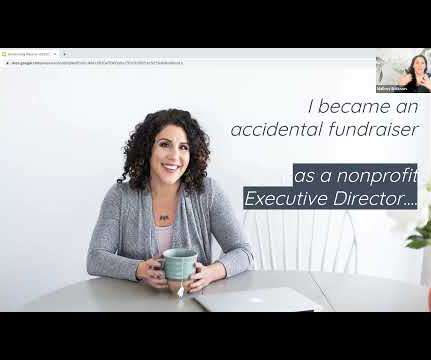
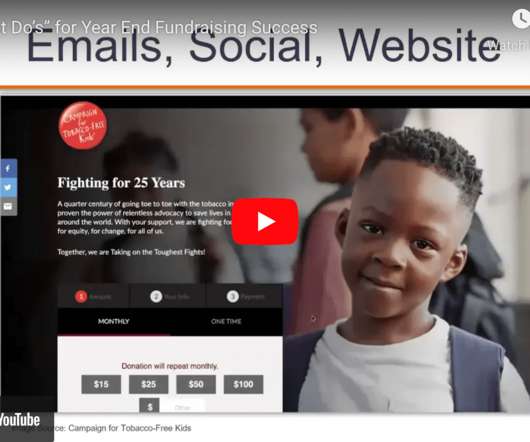







Let's personalize your content